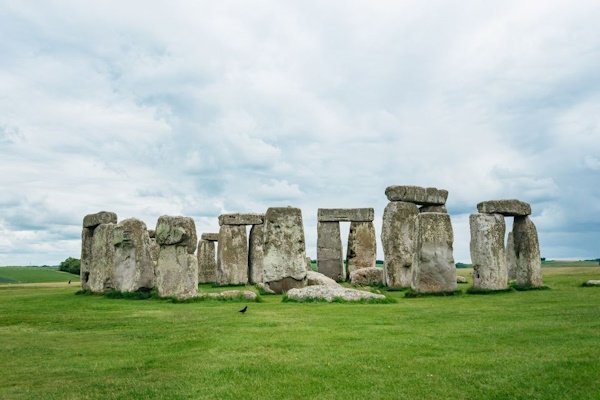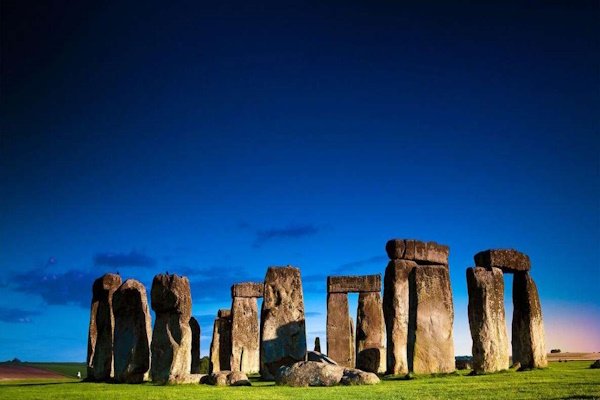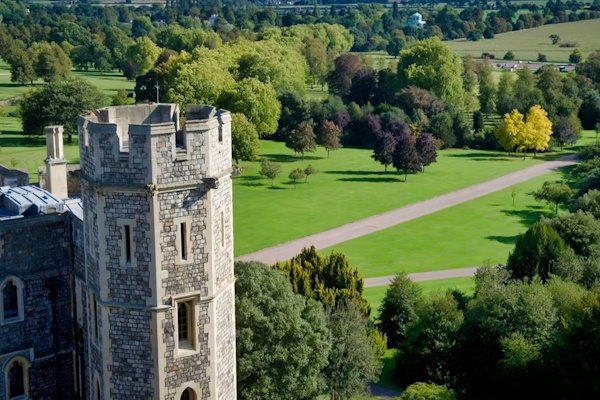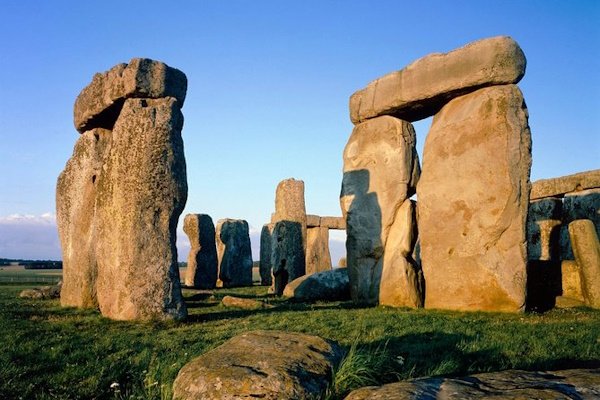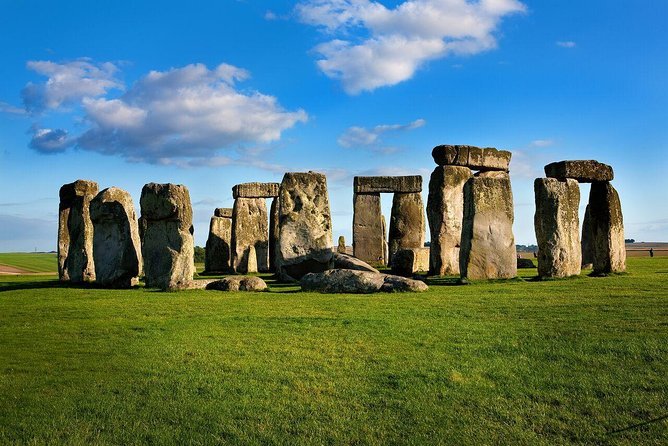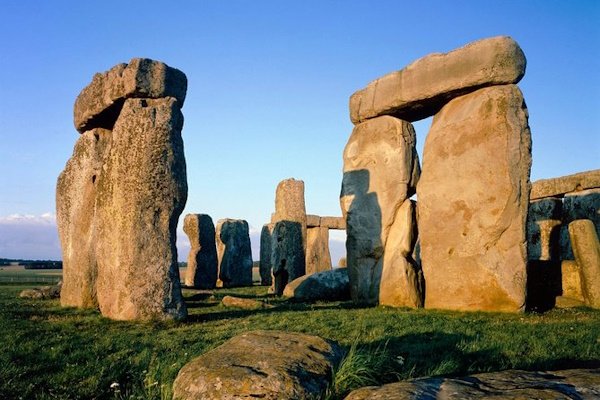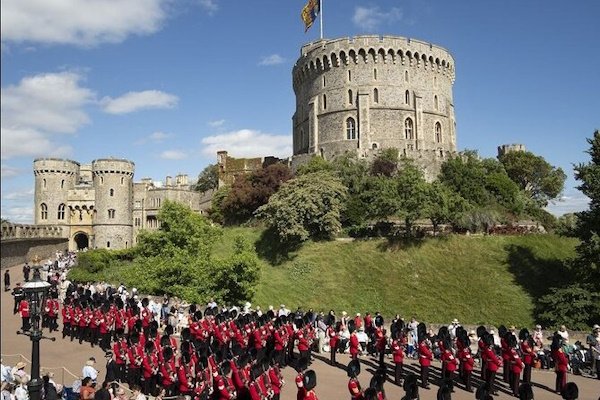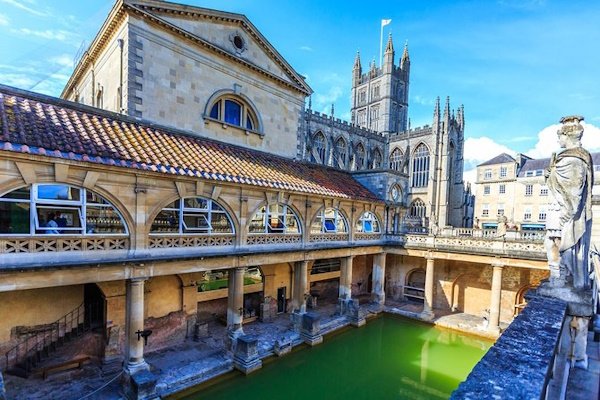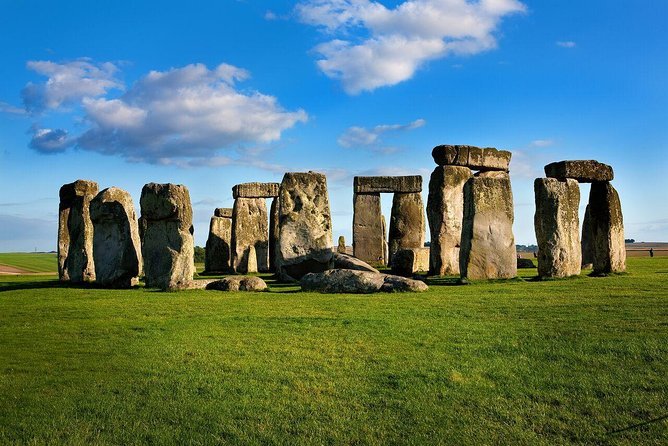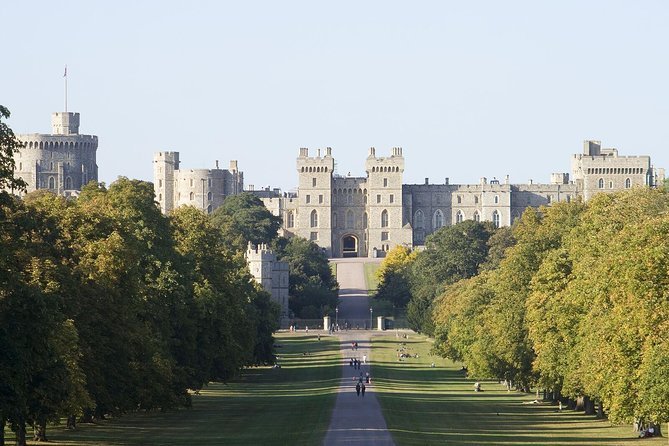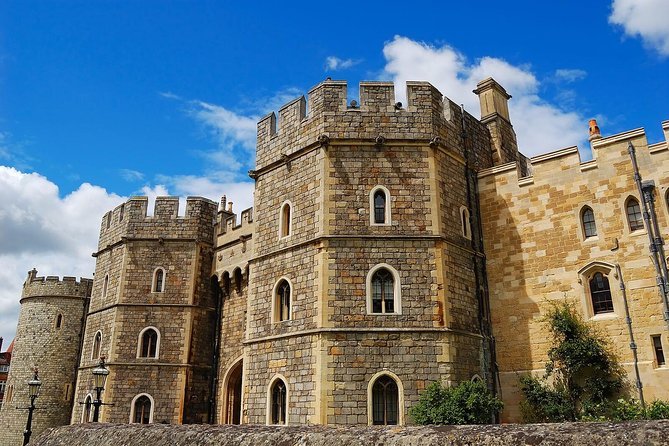Fascinating Facts about Stonehenge
Fascinating Facts about Stonehenge
Discover interesting Stonehenge facts and unravel the secrets of this famous prehistoric monument. This page delves into two distinct sections, offering both quick-glance Stonehenge facts and captivating trivia, enriching your understanding of this iconic landmark.
Quick Facts about Stonehenge

11 Fun Facts about Stonehenge
Explore intriguing details about Stonehenge as we unveil captivating insights:
1.
Stonehenge’s Construction Was a Marathon Effort
The construction of Stonehenge spanned an incredible 1,500 years, from around 3100 B.C. to 1600 B.C. During this time, the stones were moved, rearranged, and modified multiple times, reflecting the changing beliefs and practices of the people who built and used the monument.
3.
Stonehenge Was a Solar Observatory
The alignment of the stones at Stonehenge suggests that it was used for astronomical observations. The Heel Stone, a large standing stone located outside the main circle, aligns with the sunrise on the summer solstice, while the axis of the main circle aligns with the midwinter sunrise.
5.
Stonehenge Was Once Covered in Trees
Before the English landscape was cleared for agriculture, Stonehenge would have been surrounded by a dense forest. The stones would have been visible for miles, and the forest would have provided a sacred and otherworldly setting for the rituals that took place there.
7.
Stonehenge Has Been Studied by Scientists and Mystics
Stonehenge has captivated the imaginations of scientists and mystics alike. Scientists have used modern technology to study the monument’s construction and astronomical alignments, while mystics have sought to unlock its spiritual and mystical secrets.
9.
Musical Stones
Some of the stones at Stonehenge have a unique acoustic property – when struck, they produce a musical or bell-like sound. Researchers have suggested that the ancient builders intentionally selected stones with specific acoustic qualities, adding another layer of mystery to Stonehenge’s purpose.
11.
Earthworms in the soil
The name “Golden Lane” stems from Emperor Rudolf II’s quest for alchemy in the 16th century. Though alchemists didn’t turn metals into gold, the name endures, adding a touch of mystique to the lane.
2.
Stonehenge’s Rocks Came from Far and Wide
The sarsen stones, the largest stones at Stonehenge, weigh up to 50 tons and were transported from Marlborough Downs, about 20 miles away. The bluestones, smaller stones with a distinctive purple hue, were transported from the Preseli Mountains in Wales, an astonishing 240 miles away.
4.
Stonehenge Was a Place of Burial
Archaeologists have found evidence of human cremations within the Stonehenge site, indicating that it was a place of burial for the Neolithic and Bronze Age people who built and used it. Over 50,000 cremated human bones have been recovered from the site.
6.
Stonehenge Was Repaired and Rebuilt Over Time
The stones at Stonehenge have been repaired and rebuilt several times over the centuries. During the Bronze Age, the bluestones were rearranged and new stones were added to the site. In the 17th and 18th centuries, the stones were even painted white.
8.
Stonehenge Has Been Featured in Literature and Art
Stonehenge has been a source of inspiration for artists and writers for centuries. It has appeared in countless poems, novels, paintings, and films, and its enduring presence in popular culture ensures that its story will continue to be told for many years to come.
10.
Durrington Walls Connection
Nearby Durrington Walls, a massive henge enclosure, is thought to be associated with the living, while Stonehenge is linked to the deceased. The avenue that connects the two sites suggests a ceremonial procession route, indicating a symbolic journey from life to death or vice versa.

